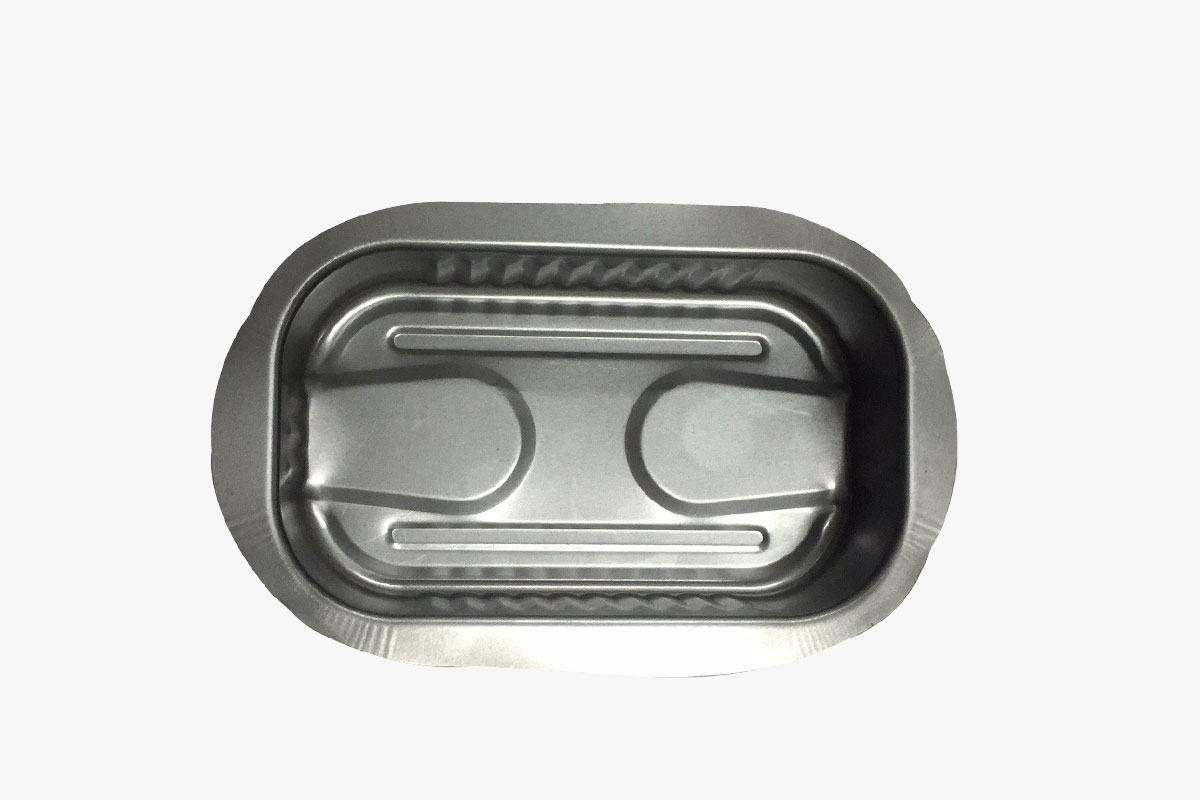

Tin Food Containers Whether you are a consumer or a man […]
Tin Food Containers
Whether you are a consumer or a manufacturer, Tin Food Containers are used for a variety of applications. They are suitable for storing a wide range of liquid and dry foods. Some are designed with easy open features, while others include a slip-on cover. They are also used for various industrial applications, including solvent storage.
Cans are typically made from aluminum or steel. Aluminum is effective for moisture prevention, while steel is good for aroma prevention. Cans are made using two-piece or three-piece manufacturing methods. In a two-piece container, the top and bottom of the can are made separately. A three-piece container is constructed by rolling the steel into a cylindrical shape and then coating the steel. Both types are available in several different sizes and shapes. Typically, the bottom is cylindrical while the top is flat. However, some cans have a rounded-corner rectangle on their bottom.
A standard-sized can holds 400 g, or one cup. Half-sized cans hold between 170 g and 225 g. These cans typically come in a variety of shapes, including soup tins, tuna tins and jars. For a can to qualify for a food grade certification, it must meet certain specifications. Some cans have easy open features, such as a removable plug on the top. Some cans have recipes printed on the reverse side of the label. Some cans are made of recycled plastic, but these should not be used for food applications.
Metal is the most common material for cans. It is strong and corrosion-resistant, which is important for protecting the contents of the can. Some cans are manufactured using nitrogen, which helps keep the contents fresh for a long time. Some cans are made with protective enamels, while others are equipped with galvanized frames to hold them in place.
Some containers are made of tinplate steel, while others are made of aluminium. Aluminum cans are less expensive than tin-plated steel, and are easier to manufacture. Aluminum is also used in laminated packages, such as those used for metalized foods. A tin-plated steel can has a layer of steel-chromium alloy between the steel pieces. This alloy is not suitable for welding, but it offers a high barrier against corrosion.
Plastic containers are also available in both rigid and semi-rigid forms. The rigid containers maintain the shape of the food, while the semi-rigid forms are ideal for dry or liquid foods. Plastic containers are also commonly used for multiple storage purposes. They are commonly used for cold foods, but can also be used to hold hot foods. They are also suitable for recycling. Some plastic containers are made with recycled plastics, but this material can transmit contaminants.
Cans are used to store a wide variety of products, including foods, beverages, cosmetics, and oils. These containers are typically designed to be leak-proof, so they are a good choice for food storage. They can also be used for transporting food, since they are recyclable. Some cans have labels that are printed directly on the metal.

Recommended Products